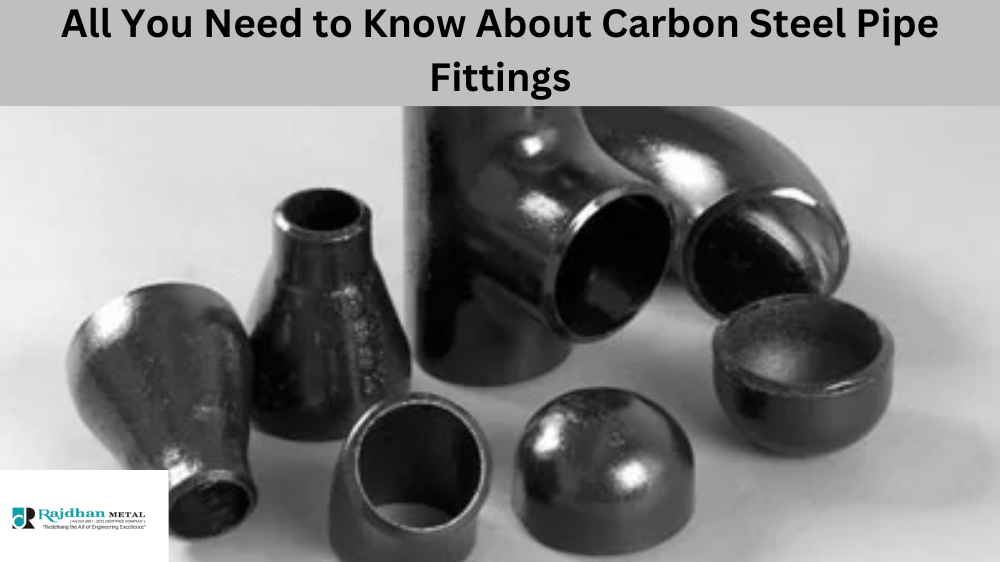Flanges are a critical component in various piping systems, creating a modular setup for easier assembly and disassembly. Amongst the various flange specifications, ASTM A105 is a prominent standard widely recognized in numerous industries. This comprehensive guide will delve into what ASTM A105 Flanges are, their types, applications, and the intrinsic benefits they offer.
What are ASTM A105 Flanges?
ASTM A105 refers to a specification for carbon steel flanges, fittings, valves, and parts for high-temperature service. The flanges made from this material are known for their excellent mechanical properties and are commonly used in pressurized systems such as pipelines and pressure vessel applications.
Types of ASTM A105 Flanges
Flanges come in various shapes and sizes, each designated for specific functions and advantages. Here are some common types of ASTM A105 flanges:
Weld Neck Flanges
These flanges are recognized by their protruding necks and are typically used in high-pressure systems due to their ability to provide a strong, leak-proof connection.
Slip-On Flanges
Easy to install, slip-on flanges slide over the pipe and are then welded into place. They are suitable for low-pressure applications and facilitate easy alignment.
Socket Weld Flanges
Designed for small-size high-pressure pipes, socket weld flanges are inserted into the flange before welding, ensuring a smooth bore and better fluid flow.
Blind Flanges
Blind flanges act as caps to seal the pipe end or valve and are crucial for pressure testing and in scenarios where future connections might be needed.
Lap Joint Flanges
These are used with stub end fittings in setups requiring frequent dismantling for inspection and cleaning.
Applications and Benefits
ASTM A105 flanges are employed across various industries, including oil and gas, petrochemical, and power generation. They withstand harsh conditions and provide a range of benefits such as:
- Durability: Capable of withstanding high-temperature and high-pressure environments.
- Cost-Effectiveness: ASTM A105 steel is relatively inexpensive compared to other alloy grades.
- Versatility: Suitable for various applications due to their mechanical robustness.
Specifications and Standards
ASTM A105 flanges must comply with specific material compositions and mechanical properties to ensure their reliability and performance under set conditions. These flanges are subject to various standards, including ASTM and ASME standards, which dictate the dimensions and tolerances permitted for use in different systems.
Installation and Maintenance
Installing ASTM A105 flanges demands attention to detail and adherence to proper procedures to prevent leaks and component failure. It’s crucial to ensure the correct alignment and torqueing during installation. Regarding maintenance, regular inspection for wear, corrosion, and leakage is necessary, and it’s advisable to follow industry best practices and regulatory standards for upkeep.
Common Challenges and Troubleshooting
Even with robust materials like ASTM A105, challenges such as thermal expansion, gasket issues, and misalignment can occur. Identifying these problems early and applying effective troubleshooting methods can prevent system failures and extend the lifecycle of the flanges.
Conclusion
ASTM A105 flanges play a pivotal role in the safety and functionality of various high-pressure systems. With this guide, professionals in the field can appreciate their importance, recognize the diverse flange types, and understand the benefit these components contribute to infrastructural integrity. It’s always recommended to consult with industry experts for technical insights or when procuring flanges for critical operations. Please reach out if you require further information or assistance selecting the appropriate flange for your requirements.




